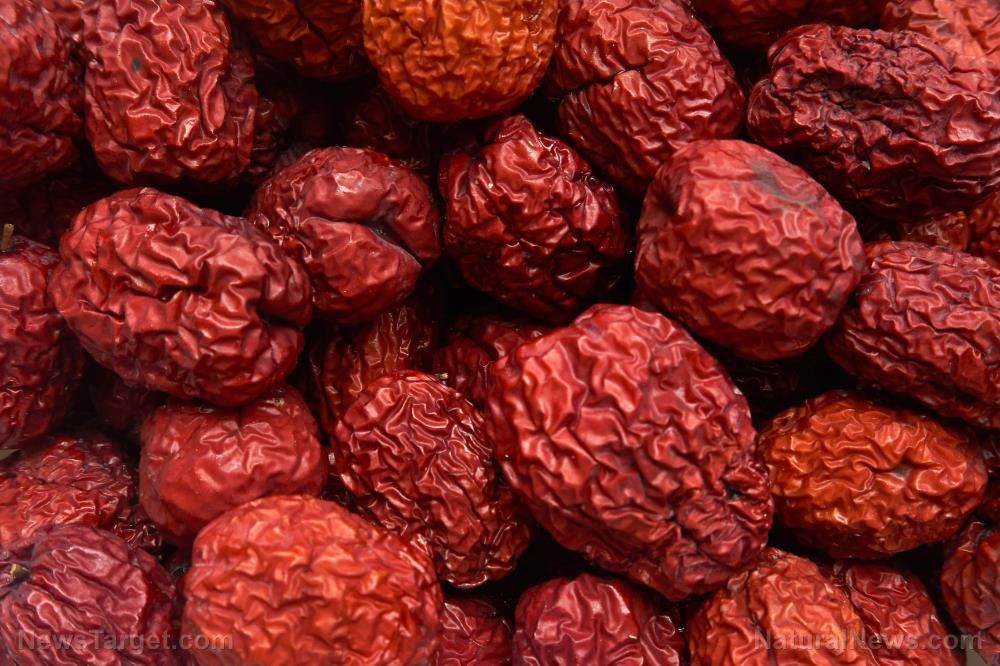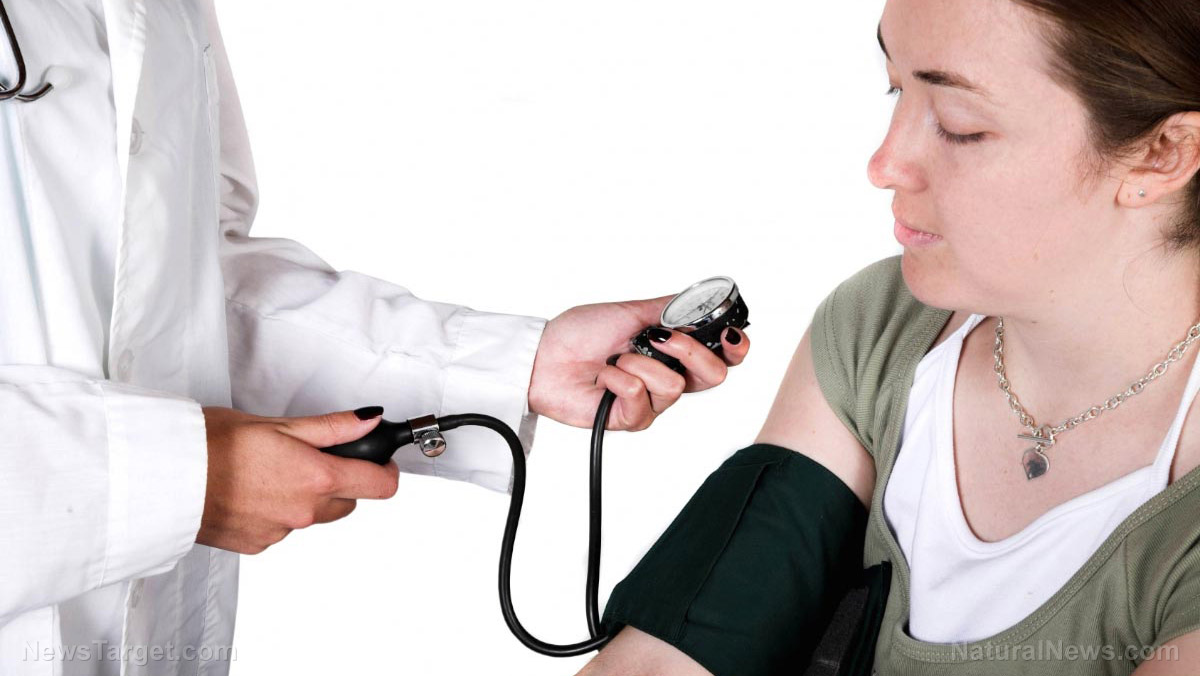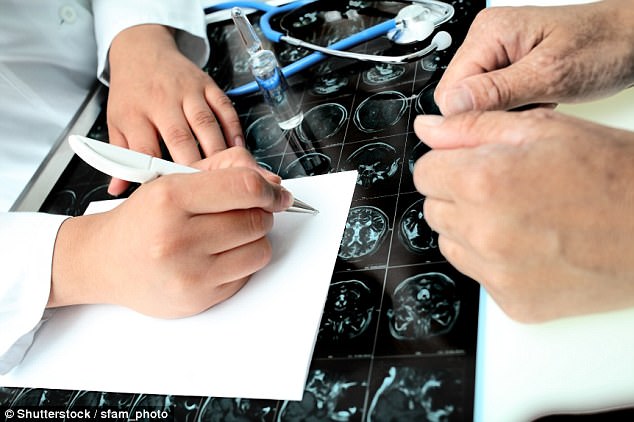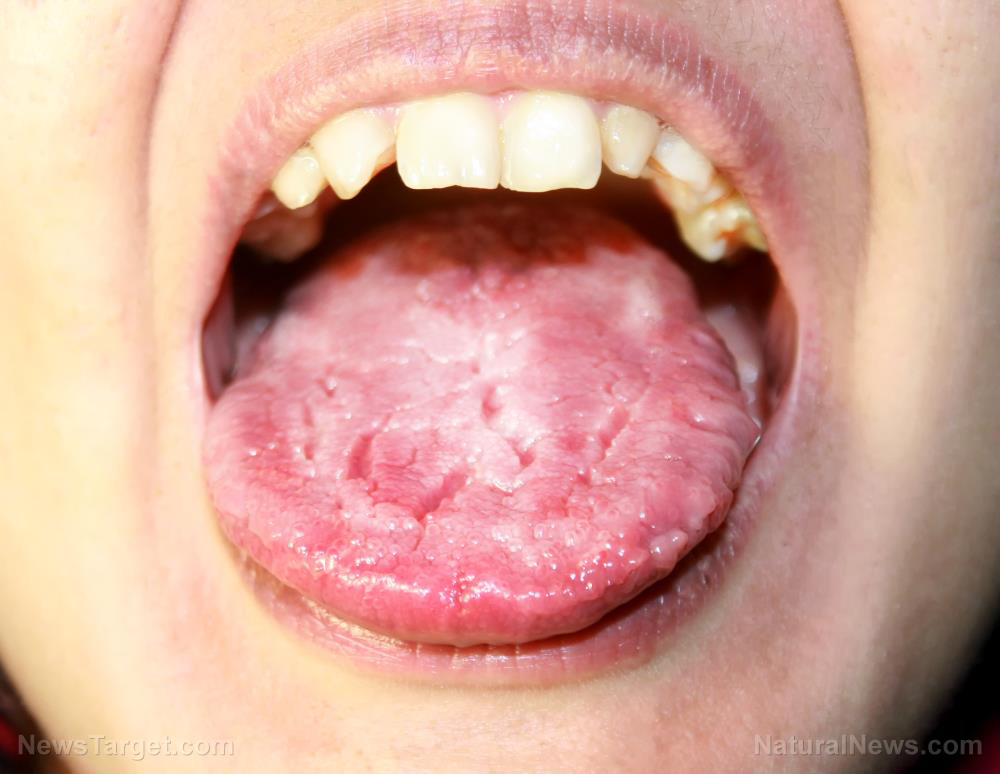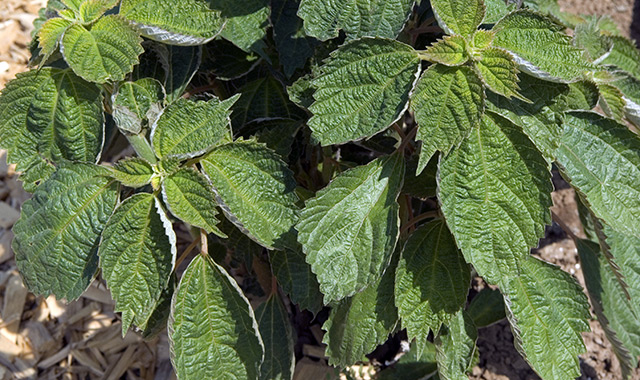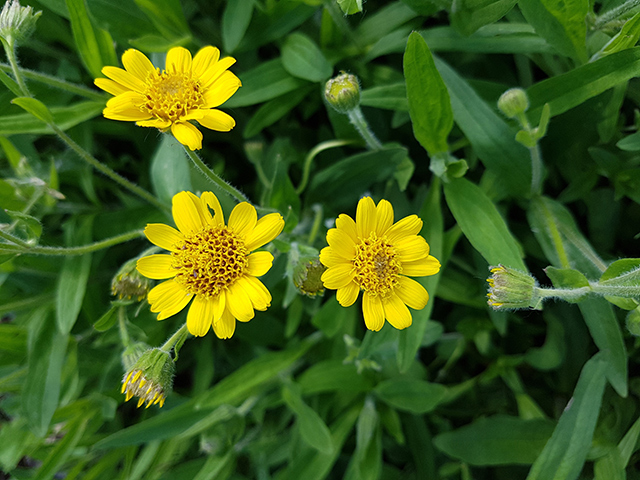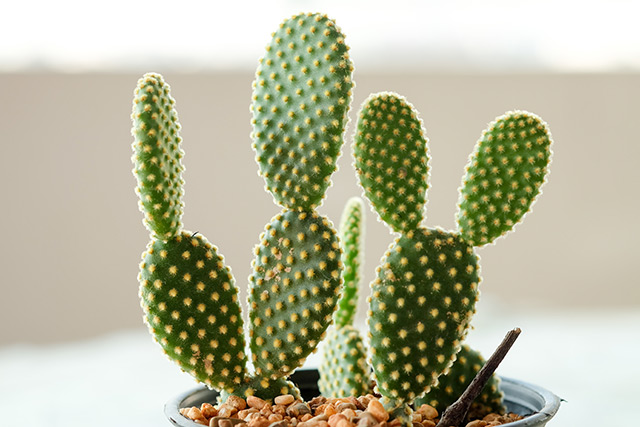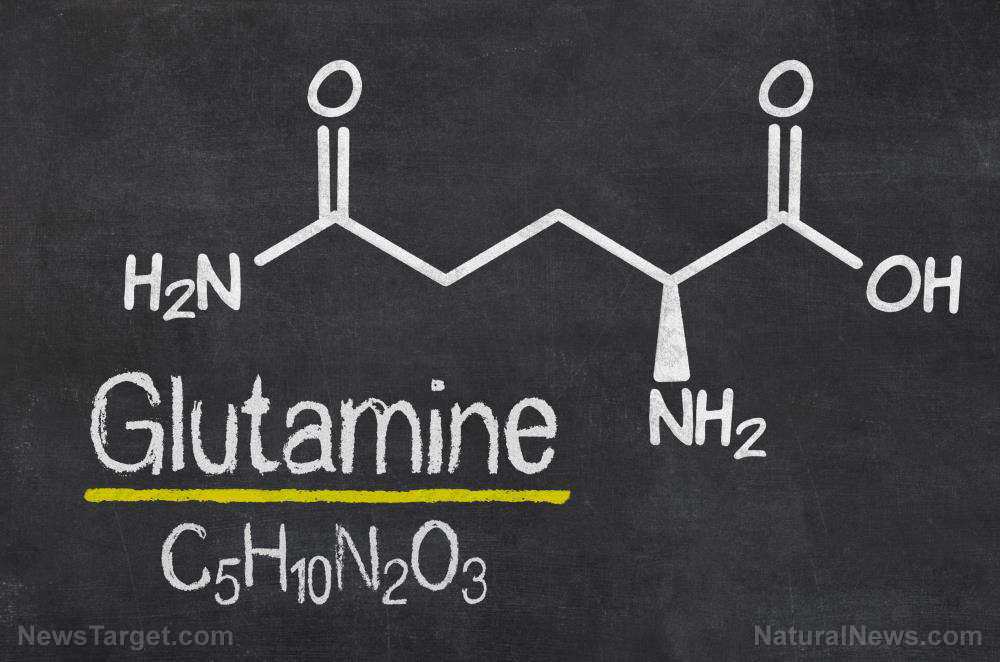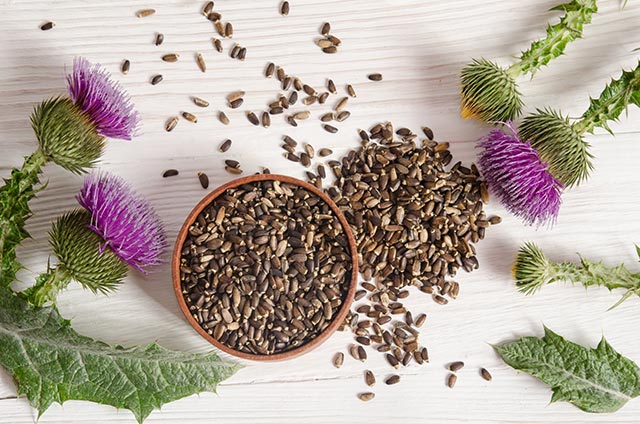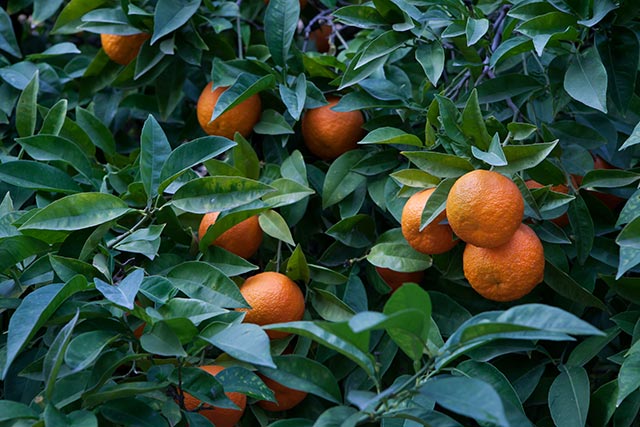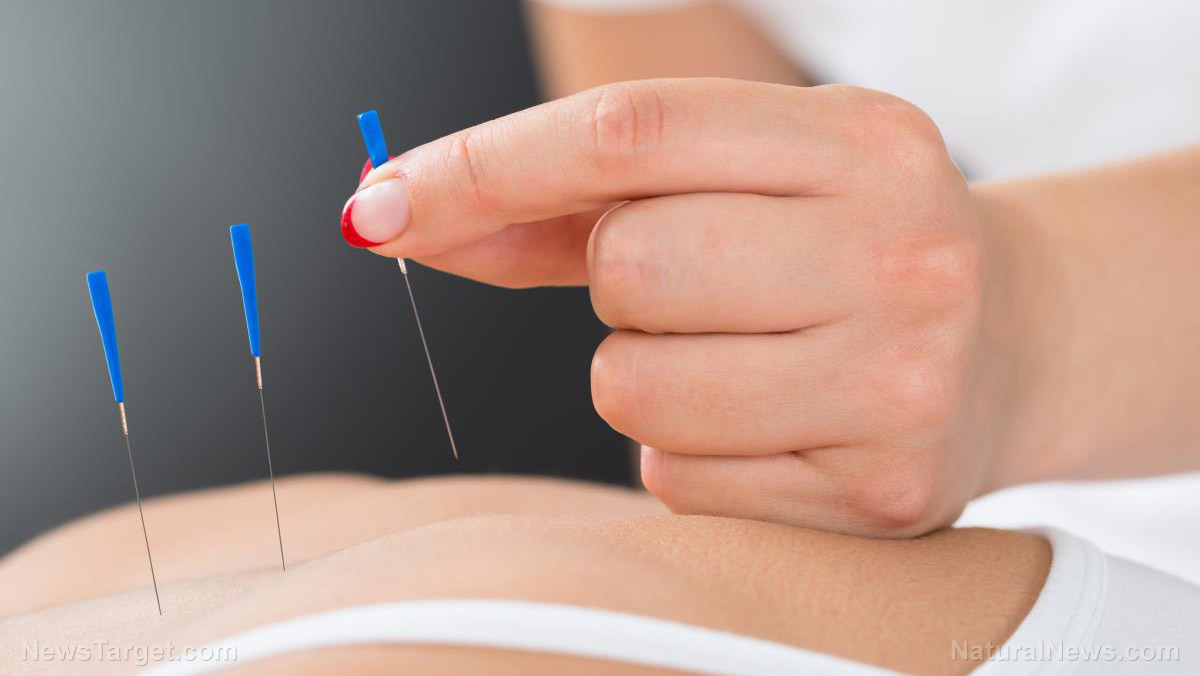New scientific study sheds light on why acupuncture is so effective for pain control
11/29/2018 / By Vicki Batts

When it comes to pain relief, acupuncture reigns supreme. While mainstream medicine has come to rely on harmful pain relievers, new research has demonstrated that acupuncture is a safer, more effective means of relieving pain than conventional pain-killers. More, scientists are finally beginning to understand how, and why, acupuncture is such an effective treatment.
Countless people struggle with pain on a daily basis, whether it’s related to an injury or a chronic condition, and acupuncture offers a safe, natural alternative to pharmaceuticals. Acupuncture has been a staple of traditional Chinese medicine for thousands of years. The practice of acupuncture has been rigorously researched and tested over many centuries. Indeed, with such a rich history, it is no surprise that this therapy is so effective.
Acupuncture for pain relief
A study led by an Australian research team from RMIT University has found that acupuncture is a safe and effective alternative to pain-relieving drugs. Published in 2017, the study has been heralded as “the world’s largest randomized control trial of acupuncture in emergency departments.” The team found that acupuncture was an ideal alternative for providing long-term relief to patients with substantial amounts of pain.
Between the latest news on the risks of over-the-counter pain relievers, and the high risk of addiction and death from opioids, a natural and less harmful alternative is desperately needed. And it seems that acupuncture could help fill that gap. The study featured over 500 patients from four different hospitals.
Study leader Professor Marc Cohen, from RMIT’s School of Health and Biomedical Sciences, noted that pain is one of the top reasons people visit an emergency room.
“Emergency nurses and doctors need a variety of pain-relieving options when treating patients, given the concerns around opioids such as morphine, which carry the risk of addiction when used long-term,” Cohen explained.
“Our study has shown acupuncture is a viable alternative, and would be especially beneficial for patients who are unable to take standard pain-relieving drugs because of other medical conditions,” he stated further.
Over 82 percent of patients in the acupuncture-only group said they would try acupuncture for pain again, compared to just 80.8 percent in the combined group, and 78.2 percent in the pharmacotherapy-only group. Cohen stated that while more research is needed for better pain management, overall it seems that acupuncture is at least as effective as conventional medicine, if not more so.
Why acupuncture works
Scientists know that acupuncture relieves pain, but the mechanisms in which the therapy produces pain relief have been elusive. Researchers from LA Biomed have just published research investigating how acupuncture actually works to relieve pain.
Sheng-Xing Ma, M.D., Ph.D., an LA BioMed lead researcher and corresponding study author, explains,”Our lab has developed a painless, non-invasive biocapture device that can sample human biomolecules over specific skin regions. With this tool, we were able to obtain the first evidence that nitric oxide is released from the human skin surface at a higher level with the proper acupuncture methodology and the use of heat.”
Nitric oxide increases blood flow and promotes the release of analgesic (pain-relieving) or sensitizing compounds. This, the researchers say, makes the skin feel warmer and enhances the benefits of the therapy.
Past research has had conflicting results, a phenomenon that may be attributed to the fact that there are several different methods of acupuncture. As sources note, “proper” acupuncture will feature the “reinforcement method” and may also be coupled with heat, which is often used in acupuncture treatments. There is also a “reduction method.”
Dr. Ma explains, “Based on traditional Chinese medicine, acupuncture reinforcement is attained by slowly twisting or rotating the needle with gentle force or by heat. Reduction is attained by rapidly twisting or rotating the needle with great force. Reinforcement results in local feeling of warmness, but reduction causes a local feeling of coldness.”
“Sham” acupuncture occurs when needles are inserted at random. Dr. Ma and his team plan on continuing to explore which forms of acupuncture are most effective for pain relief and studying how it all works at a cellular level.
Learn more about acupuncture and other therapies at AlternativeMedicine.news.
Sources for this article include:
Tagged Under: acupuncture, addiction, alternative medicine, Ancient medicine, emergency medicine, natural medicine, natural remedies, Naturopathy, pain control, pain relief, TCM, therapies, traditional Chinese medicine

